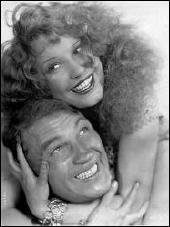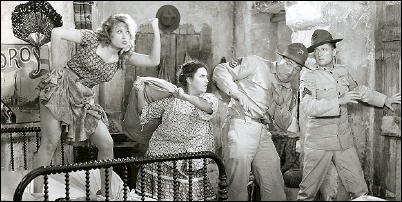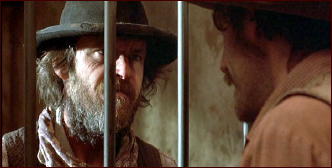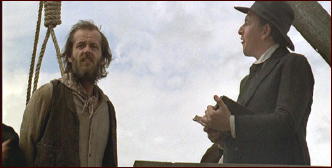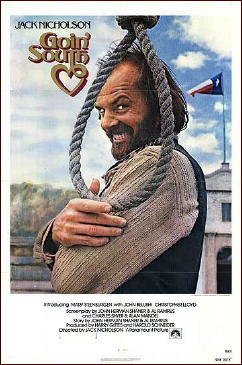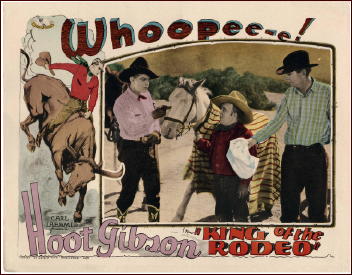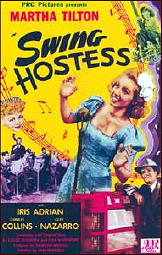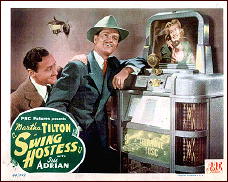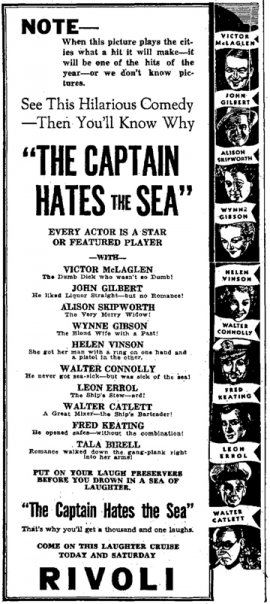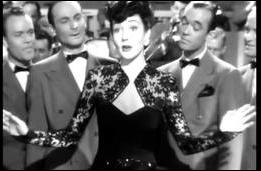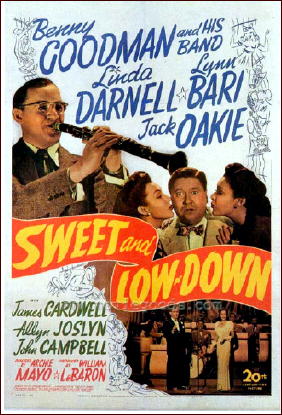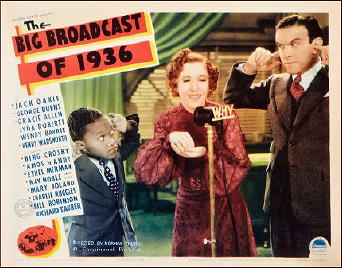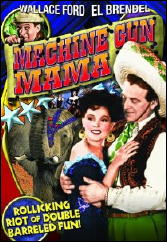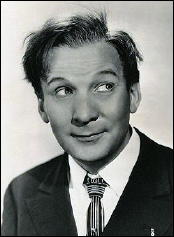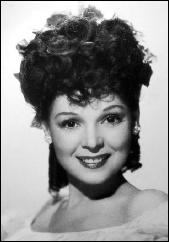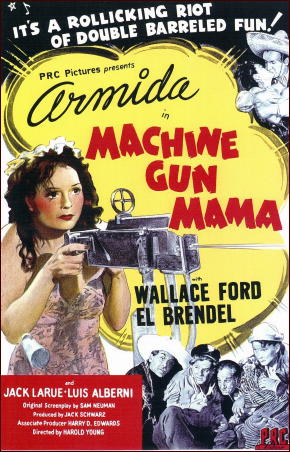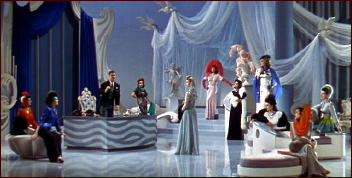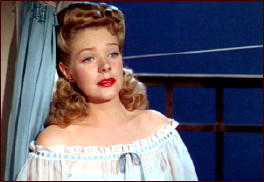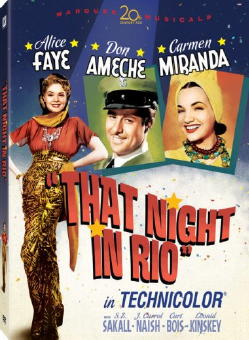REVIEWED BY DAN STUMPF:
WALLACE SMITH – The Captain Hates the Sea. Covici-Friede, hardcover, 1933. Film: Columbia, 1934. Victor McLaglen, Wynne Gibson, Alison Skipworth, John Gilbert, Helen Vinson, Fred Keating, Leon Errol, Walter Connolly, Walter Catlett, Donald Meek, The Three Stooges. Screenplay: Wallace Smith, based on his book of the same title. Director: Lewis Milestone.
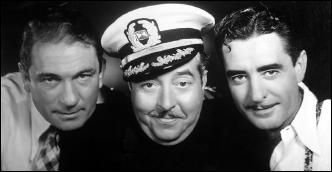
I can’t find out much about Wallace Smith except that he might have been a newsman in Chicago back in the 1920s — that heady Front Page era — before he graduated to novels and thence to Hollywood where he did about a dozen screenplays, including an adaptation of his own 1933 novel The Captain Hates the Sea, and it was seeing this film that prompted me to seek out the book.
Well, the novel is a pretty fine job. Smith, obviously day-dreaming in the third-person, spins a tale of an alcoholic Hollywood writer who breaks off a doomed relationship with a movie actress to take passage on a ship bound from California to New York, telling himself he’s going to sober up and write that novel he’s been putting off.
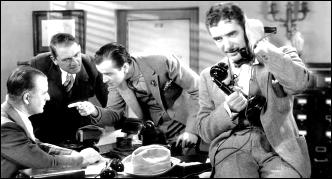
Also on board are a thief and his moll on the lam with stolen security bonds, a dumb (or is he?) cop who falls for the moll, a reformed floozie and her jealous husband, plus assorted side characters, some colorful and some merely backdrops, but all well thought out. And oh yes, they’re joined halfway through the trip by a hooker who got run out of Panama and seems to be channeling Miss Sadie Thompson.
With characters like this you wouldn’t need much of a plot, but Smith provides a witty, fast-moving thing, with the stolen bonds turning up yon and hither, a couple of affairs, deceit and treachery, fire in the hold, storm at sea and a suicide. All told with a pleasantly sardonic air that somehow keeps from sounding too snide or too pat. In fact, it’s just right, and I’m going to seek out more by this elusive author.
https://www.youtube.com/watch?v=bCVB_w-TVdU
The film Columbia made of this in 1934 was directed by none other than Lewis Milestone, legendary director of Of Mice and Men, All Quiet on the Western Front and Ocean’s Eleven, who handled it with the hip wit and snappy pacing typical of 1930s films.
Adapting his book, Smith did a good job of paring the tale down to its essentials and softening it up just enough to keep the censors mollified without losing the sadder-but-wiser touch he did so well.
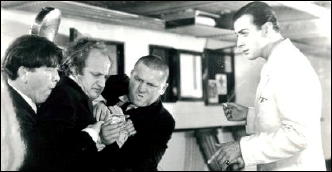
This being a Columbia picture, Director Milestone had to settle for second-string actors — the ship’s band is portrayed by the Three Stooges — but he picked his cast well, with Victor McLaglen outstanding as the dumb cop, Helen Vinson and Fred Keating very smart and sexy and as the thieves, Leon Errol as a comic steward, and especially John Gilbert, that tragic one-time star now on the skids, perfectly cast as the boozy writer.
Looking at him here, suave and virile, one wonders how Gilbert might have fared had Louis B. Mayer not elected to destroy his career, but we’ll never know; this was his last film. I should also throw a kudo to Walter Connolly as the eponymous Captain, radiating quiet (and quite funny) desperation, dealing out lines like “I feel sorry for the sheep-headed woman or child that tries to get into the very first lifeboat ahead of me!” and generally imparting an air of comic authority to the whole thing. Definitely one to catch.
Editorial Comments: The video clip shows the first ten minutes of the film, but for some reason we don’t get to see the full screen. A big chunk of the left side is missing. And even though the clip says it’s part 1 of 7, those leaving comments say that part 8 has never been posted.
The book is not included in Hubin, and the film is categorized on IMDB as a comedy, which is how I’ve tagged it, but there appears to be enough criminous content for Al to include it. (There are two other books by Wallace Smith included in Crime Fiction IV, one marginally.)
